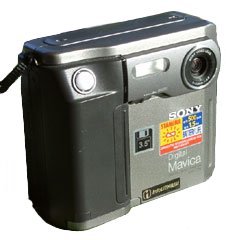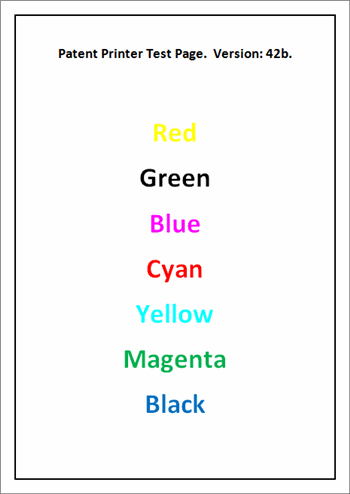 Among the fringe benefits offered by John Ashby's company was the "employee discount purchase program." It's commonplace in many large organizations, and basically allows employees to use the company's bulk-buying discounts for personal computers and the like. The prices were rarely that great, especially when compared with what one could get at the local office warehouse with a coupon, but no matter – it was a popular program, especially for managers, and especially for their printers.
Among the fringe benefits offered by John Ashby's company was the "employee discount purchase program." It's commonplace in many large organizations, and basically allows employees to use the company's bulk-buying discounts for personal computers and the like. The prices were rarely that great, especially when compared with what one could get at the local office warehouse with a coupon, but no matter – it was a popular program, especially for managers, and especially for their printers.
The year was 1998, and digital photography was entering the realm of upper-middleclass hobby. Costing a mere $699.99, the Sony Digital Mavica captured images at a stunning 0.3 megapixels and stored them on 3.5” floppy disk using its integrated disk drive. It was the must-have toy, and nearly all of the managers had one.
But what good's a camera if there's no way to share the pictures? In those days, "e-mail” was a pastime of nerds and that meant photo prints were the only way to go. And since there weren't any big fancy digital photo printers at the corner drugstore, that meant they'd need a printer of their own.
The managers quickly figured out that if they simply bought the same type of printer that was at the office, they could simply "borrow” an inkjet cartridge from the supply room instead of spending an arm and a leg at CompUSA to buy one. It wasn't long after that when the bean counters realized that the department was spending over $1,000 a month in ink cartridges for an office staff of twenty.
Eventually, some harshly-worded memos were sent-out regarding the ink consumption, and that put quite a few managers on edge. But being the out-of-the-box thinkers that they were, the managers came up with a "trade-in” scheme of sorts to feed their expensive ink habits.
When a cartridge would run low on a particular color – say, cyan – a manager would simply go to the supply closet and swap it with a new cartridge, making sure to carefully seal the used one back in its packaging. The scheme worked great until a few managers did it a few times, and then half of the ink cartridges were missing a color or two. Since no one actually printed color documents at work, it was only detectable at home, which added to the confusion.
Not wanting to get caught again, the managers thought of something else: they could simply go around to the various office printers and discreetly swap-out their used cartridges with the printer's less-used cartridge. But like the first scheme, it only worked the first few times.
It wasn't long after that when the IT support group realized that most of the color inkjet printers wouldn't actually print color, and that most of the color cartridges in the supply room lacked colors.
Not wanting to face the wrath of the accountants themselves, John in the IT Support group came up with a slightly different solution: give the managers a very special printer test page. This way, they could test a particular printer before raiding its cartridge.
Because this was "hidden" on the second page of a document, the managers never actually scrolled down on the screen to see what was printing. And, since half of the printers didn't print correct colors, the test sheet was often different. Eventually, cartridge pilfering became a thing of the past, possibly because the managers realized that no one wanted to see their crappy, low-resolution photos, anyway.


